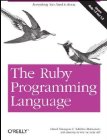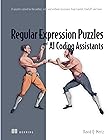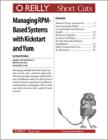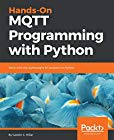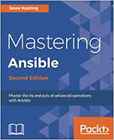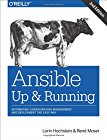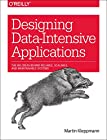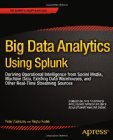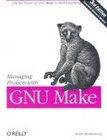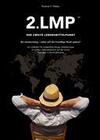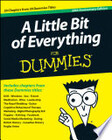
Once, when I picked up a book from the local library, the librarian asked to tell her what I thought about the book when I would bring it back. Well, why not write a few lines about all the books I read so everybody could see what I thought about it? I'm often also happy to have friends recommend a certain book or tell me this and that is not really worth reading. I won't comment about the tons of books I have read so far, but about books I read from now on.
| highly recommended | sehr empfohlen | |
| good reading | gutes lesematerial | |
| average | durchschnittlich | |
| not too interesting | nicht allzu interessant | |
| recommended not to read it | empfehlung das buch nicht zu lesen |






























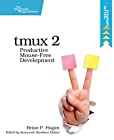
















 |
|
|---|---|
| title | Predictably Irrational |
| author | Dan Ariely |
| ISBN-10 | 0-061-35324-8 |
| ISBN-13 | 978-0-061-35324-6 |
| ASIN | |
| rating | |
| date | 2011-Jun-23 |
Are humans predictable? Mostly. Are humans rational? Not always. But the interesting thing is that even some of our irrationality is predictable, what Ariely nicely shows in his well written book which is not only enlightening but also entertaining.
Have you ever wondered about advertisements which contain one option which no sane person ever would consider? In the first chapter Ariely picks up exactly this situation and explains why this offer is there along the others. It is not an option the company actually wants to sell, but a way to steer us towards the offer it wants us to choose. Why are outrageously expensive things sometimes so much more desirable than comparable, but reasonably priced items? How comes we buy tons of chocolates when they are almost free, but we only take one or two if they are completely free? On the other hand we tend to easily give up a much better deal for one which is free but actually worse. Or why does a certain beer taste better if we're told what it contains only after tasting it, compared to being told before taking a sip?
In many real life situations we're acting irrationally, but do so predictably. Dan Ariely discusses lots of such situations and underlines each of them with multiple experiments. Knowing about this predictability allows us not only to make more conscious decisions, but also to see through some tricks used in advertising or possibly even to better understand how we might need to present something to make it more appealing to others.
While most of the information in this book might not be groundbreaking news to you, it is still worth reading. The statements of each chapter are always backed up by experiments and including their outcome. The whole book is very easy to understand, written in a conversational, easy to follow style, far from the unintelligible scientific hubble-bubble which could be expected for such a topic.






























